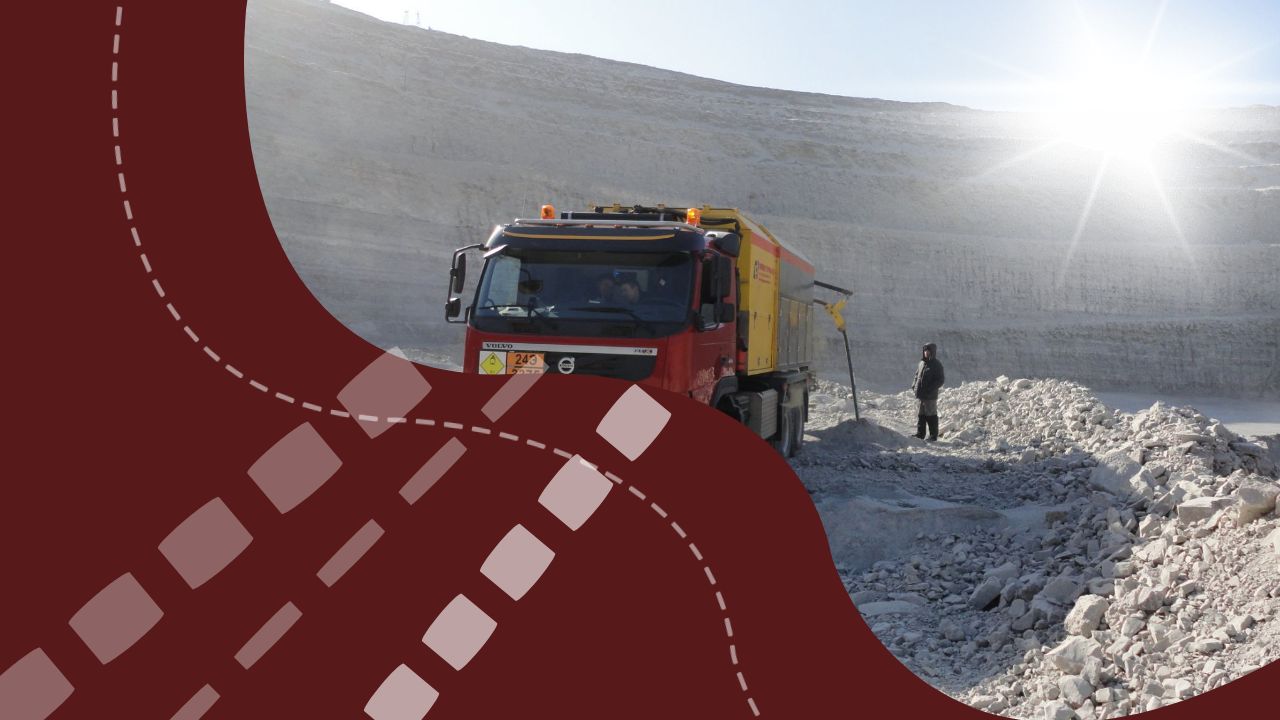Kazakhstan witnesses over 1400 workplace accidents annually, with more than 200 resulting in fatalities. Among the various sectors of the Kazakhstani economy, the mining and metallurgical complex reports the highest number of casualties at 21.3%, followed by the construction industry at 10%, according to data from the Ministry of Labor and Social Protection cited by inbusiness.kz.
More than 519,000 workers are employed in hazardous working conditions, with every third worker (37%) exposed to elevated levels of noise and vibration, every fourth worker (25%) operating in areas with increased gas and dust concentrations, and every eighth worker (13%) enduring unfavorable temperature conditions. Additionally, over 107,000 individuals (21%) are engaged in strenuous physical labor.
In 2023, based on assessment results, 697,000 workers received various compensations for working in hazardous conditions, with employers allocating 255 billion tenge, a 23% increase from the previous year.
Over the past five years, governmental and employer-initiated measures have contributed to a reduction in the rate of occupational injuries (frequency rate per 1,000 workers) from 0.23 to 0.21.
Efforts towards ensuring healthy and safe working conditions in Kazakhstan continue with a comprehensive approach. In 2023, law enforcement agencies received 1055 reports on workplace accidents, resulting in 149 criminal cases being initiated.
To evaluate actual workplace conditions, over 10,000 industrial facilities underwent assessment, while 3214 enterprises across the country implemented safety and labor protection standards to prevent violations.
Since 2019, Kazakhstan has actively promoted the Vision Zero Concept, aiming for zero accidents. Currently, 536 national enterprises have joined this initiative, with 258 Kazakhstani enterprises adopting a vertical control model to ensure safety standards in subcontracting organizations within the construction sector.
To further enhance social protection mechanisms for workers employed in hazardous conditions, special social payments were introduced from January 1, 2024, following the president’s directive. Nearly 6,000 workers have transitioned out of hazardous working environments and are receiving these special social payments.
The Ministry of Labor and Social Protection of the Population of Kazakhstan aims to significantly reduce the number of hazardous workplaces and decrease the level of occupational injuries. Last year, the government approved the Safe Labor Concept until 2030, outlining plans for modernizing the national occupational safety management system, incentivizing measures to reduce professional risks, advancing professional competencies and scientific potential in labor protection, and improving the effectiveness of control and monitoring in the field of labor protection.

